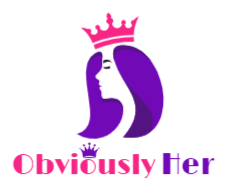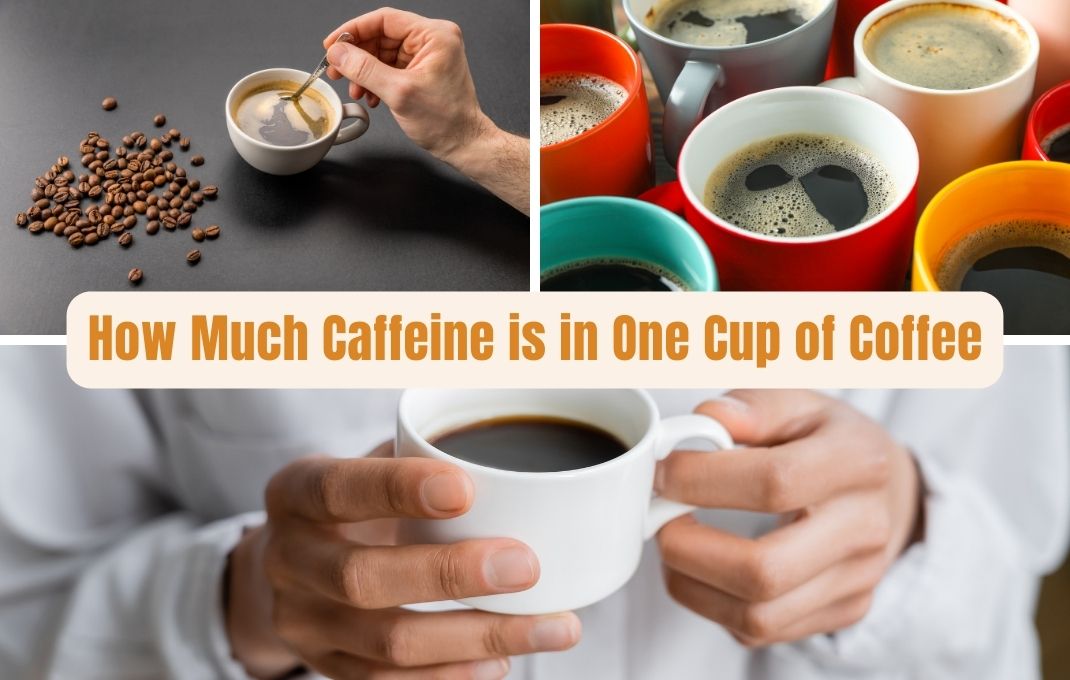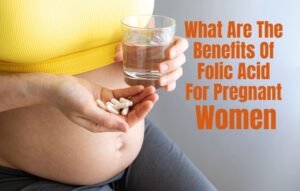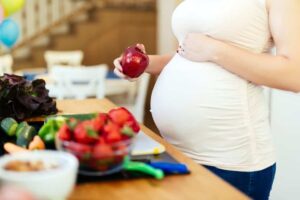How Much Caffeine is in One Cup of Coffee? A standard cup of coffee contains approximately 95 milligrams of caffeine. The amount can vary depending on brewing methods.
Caffeine content in coffee is a hot topic for many coffee lovers. Understanding how much caffeine you consume can help manage your daily intake. Different brewing methods and coffee types can influence caffeine levels. Espresso, drip coffee, and instant coffee all contain varying amounts of caffeine.
Knowing these differences can guide your choices. Regular monitoring of caffeine consumption is essential for maintaining health. It can affect sleep, anxiety, and overall wellness. So, next time you grab a cup, consider the caffeine content. This knowledge empowers you to make informed decisions about your coffee habits.
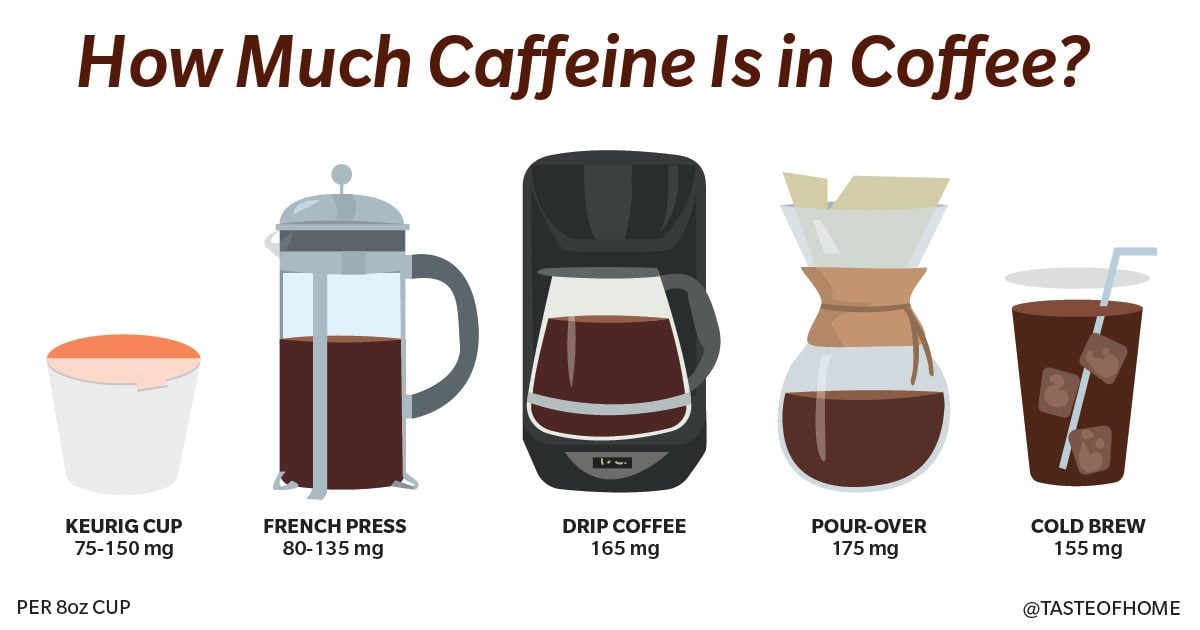
Credit: www.tasteofhome.com
The Buzz Behind Coffee’s Popularity
Coffee is more than just a drink. It’s a global phenomenon. People love its rich taste and energizing effect. But what makes coffee so special? The answer is caffeine.
Global Love Affair With Coffee
Coffee is enjoyed around the world. Different cultures have unique coffee traditions. Here are some examples:
- Italy: Espresso is a daily ritual.
- Turkey: Coffee is brewed in a special pot called a cezve.
- USA: Drip coffee is popular for its convenience.
- Japan: Iced coffee is a refreshing summer treat.
Each country has its own way of enjoying coffee. This makes coffee a universal language.
Why Caffeine Matters
Caffeine is the key ingredient in coffee. It provides the energy boost that many people crave. But how much caffeine is in one cup of coffee? Let’s break it down:
| Type of Coffee | Caffeine Content (mg) |
|---|---|
| Espresso (1 oz) | 63 mg |
| Drip Coffee (8 oz) | 95 mg |
| Instant Coffee (8 oz) | 62 mg |
| Decaf Coffee (8 oz) | 2 mg |
The amount of caffeine can vary. It depends on the type of coffee and how it’s prepared.
Caffeine stimulates the brain. It blocks adenosine, which makes you feel sleepy. This gives you a burst of energy and alertness. Many people rely on this boost to start their day or stay awake during late hours.
Moderation is key. Too much caffeine can lead to restlessness and anxiety. It’s important to know your limits and enjoy coffee responsibly.
Caffeine Basics
Caffeine is a key ingredient in coffee, and it’s what gives you that energy boost. Understanding caffeine basics helps you make informed choices about your coffee intake.
What Is Caffeine?
Caffeine is a natural stimulant found in coffee beans, tea leaves, and cacao pods. It belongs to a group of compounds called xanthines. These compounds work by stimulating the central nervous system. This leads to increased alertness and reduced fatigue.
In its pure form, caffeine is a white, bitter-tasting powder. It is water-soluble and easily absorbed by the body. This means it acts quickly, usually within 15 to 45 minutes after consumption.
Effects On The Body
Caffeine affects various systems in the body. Here are some of the key effects:
- Increased Alertness: Caffeine blocks adenosine, a brain chemical that makes you feel tired.
- Enhanced Physical Performance: It increases adrenaline levels, improving physical performance.
- Improved Mood: Caffeine boosts the production of neurotransmitters like dopamine.
- Faster Metabolism: It can increase your metabolic rate by 3-11%.
These effects make caffeine a popular choice for people needing a quick energy boost. But, overconsumption can lead to side effects such as jitteriness, insomnia, and increased heart rate.
Moderation is key to enjoying the benefits of caffeine without experiencing negative effects.
Measuring Caffeine: More Than Just Numbers
Understanding the caffeine content in your coffee involves more than just numbers. The amount of caffeine varies based on several factors. Knowing these can help you make informed choices.
Units Of Measurement
To measure caffeine, we use milligrams (mg). One cup of coffee typically ranges from 95 to 200 mg of caffeine. This large range depends on various factors we will discuss next.
Factors Influencing Caffeine Content
Several factors can affect the caffeine content in your coffee. These include:
- Type of Coffee Bean: Different beans have different caffeine levels. Arabica beans have less caffeine than Robusta beans.
- Roasting Time: Darker roasts have less caffeine than lighter roasts.
- Brewing Method: The way you brew your coffee impacts caffeine levels. For example, espresso has more caffeine per ounce than drip coffee.
- Serving Size: A larger cup of coffee naturally contains more caffeine. A standard cup is about 8 ounces.
| Brewing Method | Average Caffeine Content (mg) |
|---|---|
| Drip Coffee | 95-165 mg |
| Espresso | 47-64 mg per ounce |
| French Press | 80-135 mg |
| Instant Coffee | 30-90 mg |
By understanding these factors, you can better gauge how much caffeine you consume. This can help you manage your energy and avoid overconsumption.
Average Caffeine Content In A Cup Of Coffee
The caffeine content in a cup of coffee can vary widely. It depends on several factors, including the type of coffee bean, brewing method, and serving size. Understanding these differences can help you manage your daily caffeine intake effectively.
Typical Ranges
On average, a single cup of coffee contains between 70 to 140 milligrams of caffeine. This range can fluctuate based on various factors. For example, the brewing method and type of coffee bean can significantly influence caffeine levels.
| Type of Coffee | Average Caffeine Content (mg) |
|---|---|
| Drip Coffee | 95 mg |
| Espresso | 63 mg |
| Instant Coffee | 60 mg |
| Decaf Coffee | 3 mg |
Comparing Different Coffee Types
Different types of coffee contain varying amounts of caffeine. Below is a breakdown of some common coffee types and their typical caffeine content:
- Drip Coffee: Often the most popular, it contains about 95 mg of caffeine per cup.
- Espresso: Though served in smaller amounts, it packs a punch with 63 mg per shot.
- Instant Coffee: Convenient and quick, it has around 60 mg of caffeine per cup.
- Decaf Coffee: For those who want to avoid caffeine, it contains about 3 mg per cup.
Understanding these differences can help you choose the right coffee type for your needs. Whether you need a strong boost or a mild pick-me-up, knowing the caffeine content can guide your choice.
Variables Affecting Caffeine Levels
Understanding how much caffeine is in one cup of coffee is essential for many coffee lovers. The caffeine content in your cup can vary significantly. Several factors play a role in determining the exact amount of caffeine.
Brewing Methods
The method you use to brew your coffee greatly affects its caffeine levels. Different brewing techniques extract caffeine at different rates.
- Espresso: This method uses high pressure and hot water. It results in a strong, concentrated coffee. A single shot of espresso contains around 63 mg of caffeine.
- Drip Coffee: This is one of the most common methods. It typically has about 95 mg of caffeine per 8-ounce cup.
- French Press: This method involves steeping coffee grounds in water. It usually results in a stronger brew with around 80-100 mg of caffeine per cup.
- Cold Brew: Cold brew coffee steeps for a longer time. This method often results in higher caffeine content, sometimes exceeding 200 mg per serving.
Coffee Bean Types
Different types of coffee beans also play a role in caffeine content. The two main types are Arabica and Robusta.
- Arabica: This type of bean is more common and has a smoother taste. It contains about half the caffeine of Robusta beans, around 1.5% caffeine content.
- Robusta: These beans are stronger and more bitter. They contain about 2.7% caffeine content, almost double that of Arabica beans.
Roast Levels
The roast level of coffee beans impacts their caffeine content. Lighter roasts usually have more caffeine than darker roasts.
| Roast Level | Caffeine Content |
|---|---|
| Light Roast | More caffeine, around 60-70 mg per tablespoon of coffee grounds. |
| Medium Roast | Moderate caffeine, about 50-60 mg per tablespoon. |
| Dark Roast | Less caffeine, roughly 40-50 mg per tablespoon. |
Choosing a lighter roast can increase your caffeine intake. Darker roasts may have a richer flavor but slightly less caffeine.

Credit: www.foodnetwork.com
Health Implications Of Caffeine Consumption
Caffeine is a natural stimulant found in coffee. It’s known for its ability to boost alertness and energy levels. But how much caffeine is in one cup of coffee? The amount can vary, but understanding the health implications of caffeine consumption is crucial.
Benefits Of Moderate Consumption
Moderate caffeine consumption can offer several health benefits. These include:
- Enhanced mental alertness: Caffeine helps you stay awake and focused.
- Improved physical performance: Caffeine can enhance endurance and strength.
- Increased metabolism: Caffeine can help burn calories more quickly.
Moderate consumption typically means about 200-300 mg of caffeine per day. This is about 2-4 cups of coffee.
Risks Of Overconsumption
While moderate consumption has benefits, overconsumption can lead to health issues. Some risks include:
- Anxiety and restlessness: Too much caffeine can make you jittery and anxious.
- Sleep disturbances: High caffeine intake can disrupt sleep patterns.
- Increased heart rate: Consuming too much caffeine can elevate your heart rate.
Overconsumption is generally considered more than 400 mg of caffeine per day. This is more than 4-5 cups of coffee.
| Health Aspect | Moderate Consumption | Overconsumption |
|---|---|---|
| Mental Alertness | Enhanced | Anxiety and restlessness |
| Physical Performance | Improved | Increased heart rate |
| Metabolism | Increased | Sleep disturbances |
Decoding Labels: Understanding Caffeine In Packaged Coffee
Understanding the caffeine content in your coffee can be confusing. Labels on coffee packages often contain a lot of information. Some of it can be misleading or hard to understand. By decoding these labels, you can make better choices about your caffeine intake.
Reading Labels Correctly
Reading the labels on coffee packages is crucial. Pay attention to the serving size. Often, the caffeine content is listed per serving, not per cup. This can make a big difference. Always check if the serving size matches your usual consumption.
Look for terms like “strong” or “mild”. These are subjective and can vary between brands. Focus on the actual caffeine content listed in milligrams (mg). This gives you a precise measure of how much caffeine you are consuming.
Here’s a simple guide to help you read labels:
- Serving Size: Check if it matches your usual cup size.
- Caffeine Content: Look for the amount in milligrams.
- Strength Terms: Ignore vague terms like “strong” or “mild”.
Misleading Marketing
Marketing can often be misleading. Words like “extra boost” or “energy blend” are designed to attract attention. They do not always indicate higher caffeine content. Always rely on the actual caffeine content listed.
Some brands may use phrases like “low caffeine” or “decaf”. These terms can be misleading. Decaf coffee still contains some caffeine. It’s important to check the exact amount.
Here’s what to watch out for:
- Buzzwords: Ignore terms like “extra boost”.
- Decaf Claims: Verify the caffeine content even if it’s labeled decaf.
- Energy Blends: Focus on the milligram count, not the marketing terms.
By understanding and decoding these labels, you can manage your caffeine intake better. Always check the serving size and milligram count for accurate information.
Conscious Consumption: Balancing Pleasure And Health
Many people enjoy the rich flavor of coffee each morning. Yet, understanding the caffeine content is crucial. Drinking coffee can be pleasurable, but it’s important to balance it with health considerations. Knowing how much caffeine is in one cup of coffee helps in making informed choices.
Personal Caffeine Tolerance
Everyone reacts to caffeine differently. Some people can drink several cups of coffee without issues. Others may feel jittery after just one cup. Your personal caffeine tolerance plays a key role in how you handle coffee.
Here are a few factors that influence caffeine tolerance:
- Age
- Body weight
- Metabolism
- Genetic factors
- Overall health
Understanding your tolerance helps in deciding how much coffee you can enjoy safely.
Tips For Moderation
Moderation is key to enjoying coffee while staying healthy. Use these tips to keep your caffeine intake in check:
- Know your limits: Discover how much caffeine you can handle daily.
- Choose smaller cups: Opt for smaller servings to reduce caffeine intake.
- Alternate with decaf: Mix regular coffee with decaf to lower caffeine levels.
- Set a cut-off time: Avoid caffeine in the late afternoon and evening.
- Stay hydrated: Drink water to balance the effects of caffeine.
These tips help in balancing pleasure and health, making coffee a delightful part of your day.
Frequently Asked Questions for How Much Caffeine is in One Cup of Coffee
Is 200 Mg Of Caffeine A Lot?
200 mg of caffeine is considered moderate. It’s roughly the amount in two cups of coffee. For most adults, it’s safe.
How Much Caffeine Is In A 12 Oz Cup Of Black Coffee?
A 12 oz cup of black coffee typically contains 95 mg of caffeine. This can vary based on brewing method.
How Much Caffeine Is Too Much?
Consuming more than 400 milligrams of caffeine daily can be too much for most adults. This equals about four cups of coffee.
How Much Caffeine Is In 1 Standard Coffee?
A standard cup of coffee typically contains 95 milligrams of caffeine. This amount can vary based on the type of coffee bean and brewing method.
How Much Caffeine Is In A Standard Cup?
A standard 8-ounce cup of coffee contains about 95 mg of caffeine.
Does Coffee Type Affect Caffeine Content?
Yes, different coffee beans and brewing methods can affect caffeine levels.
How Does Brew Time Impact Caffeine?
Longer brewing times generally increase caffeine content.
Is There More Caffeine In Espresso?
Yes, espresso has higher caffeine concentration but smaller serving size.
Does Decaf Coffee Have Any Caffeine?
Decaf coffee still contains about 2-5 mg of caffeine per cup.
How Does Roast Level Affect Caffeine?
Lighter roasts generally have slightly more caffeine than darker roasts.
Conclusion of How Much Caffeine is in One Cup of Coffee
Understanding the caffeine content in your coffee helps you manage your intake. A typical cup contains about 95 mg of caffeine. This amount can vary based on brewing method and type of coffee beans. By being informed, you can enjoy your coffee while staying within your caffeine limits.
Enjoy your next cup wisely!
Visit our other website to see/buy/read more women best products.
